Pest Tree Work
Wilding wood management is engaged by local councils and land owners to undertake the control work. We have comprehensive and cost effective methodologies to manage your pest tree problem.
Wilding wood management can supply an onsite assessment of the project and provide you the client with a comprehensive report, supplying a full detailed plan for the required project and the total cost that will be involved, including any alternative options that may be available, including the advanced GPS mapping that can be provided. Feel free to call us today.
What are Pest trees?
Pest trees are trees that have spread seed from shelterbelt, homestead or forestry plantations into adjoining areas.
Why are they a problem?
Pest trees are a significant problem in the Wellington region undermining its scenic qualities and threatening the natural environment.
The most obvious impact is the loss of scenic values, as most pest trees establish above the regenerating native forest canopy, without Pest tree control, the landscape values will gradually diminish. It will lose its distinctiveness, and very special identity based on its natural qualities. Pest trees also have dramatic ecological impacts. The fast growth rates of a wide range of pest trees allow them to out-compete and suppress secondary native vegetation, such as coastal plant communities.
How are pest trees controlled?
Young trees are either hand-pulled or felled using a pruning saws or chain saws. Mature trees are generally poisoned by injecting holes into their trunks and injecting a small amount of herbicide into each hole. This method is environmentally-friendly, with no discharge of herbicide to land, waterways or the air. Occasionally, trees in difficult-to-access areas, or where they are widely spaced, will be treated by helicopter assess for herbicide application.
Where trees are within fall distance of houses, roadways or walking tracks the Wilding Wood Arborist crew will assess the site and propose a dismantle Plan that will involve climbing and rigging the trees to the ground reducing any chances of tree failure that could cause damage to surrounding structures.(We have some great examples of completed project as reference).
What happens to poisoned trees?
Poisoned trees are left standing. Initially each tree turns brown and loses its leaf matter e.g. (needles), during which time it will be very obvious. Eventually, it will become a dead spar in the forest that will rot away, with its branches and stem slowly falling to the ground in pieces, over a period of up to 15 years for large trees.
Habitat Creation
The Arboriculture Industry has gradually become aware of the importance of habitat trees as part of an active ecosystem. The creation of habitat hollows in dead or dying trees is developing rapidly within this industry. Wilding Wood Management is working with Councils and private clients to help create habitat by utilizing trees that may have otherwise been planned for removal.
We can provide:
- Native Insect habitat structures
- Native Bird habitat structures
- Microorganism enhancement
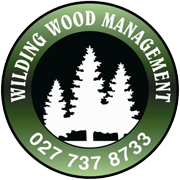
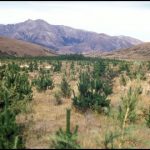
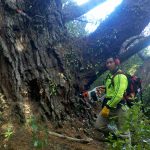
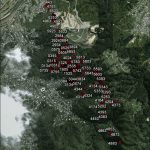
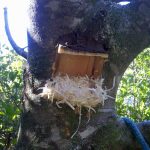
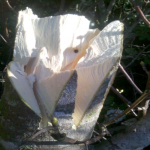
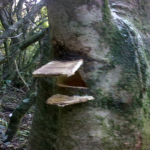
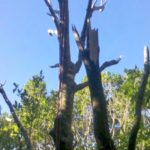
Comments are closed.